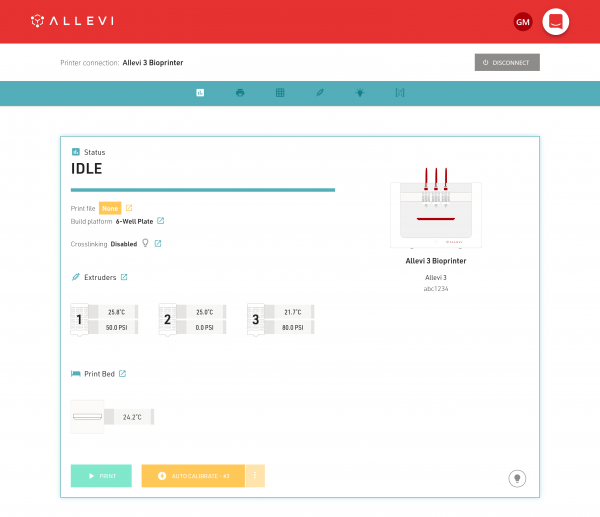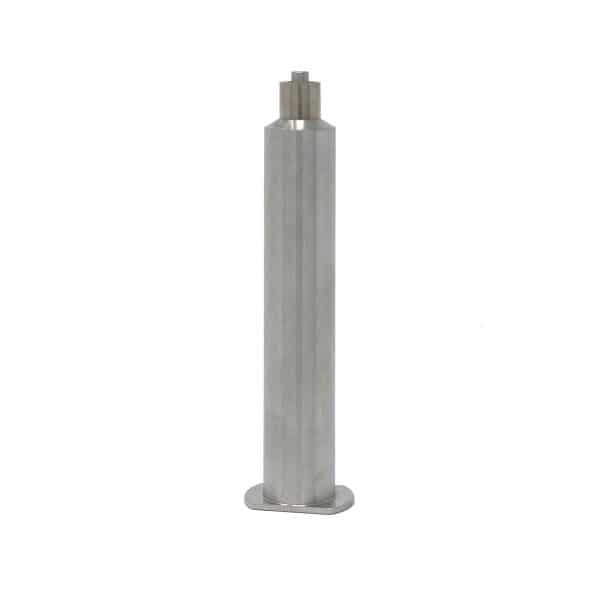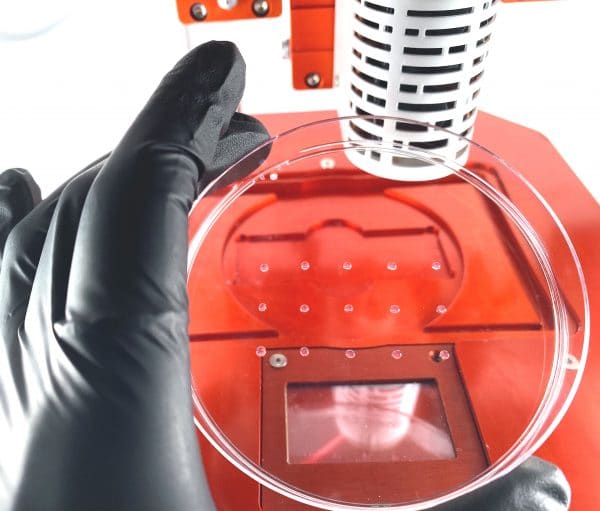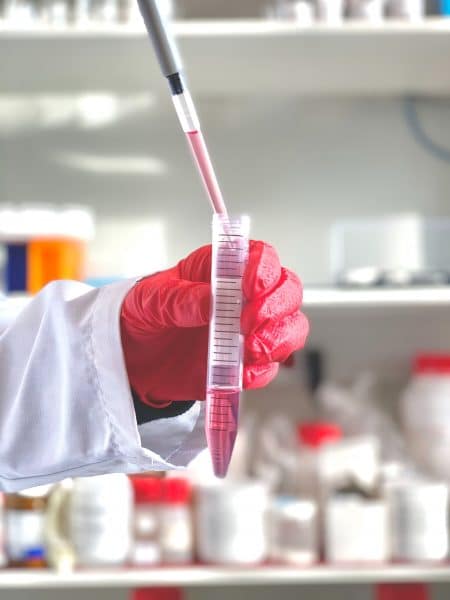
Bioprinting Collagen for Layered Tissues
Overview Collagen type I is the most abundant protein in the extracellular matrix and has been widely used in academia and industry for tissue engineering applications. With Allevi’s exclusive CORE™

Overview Collagen type I is the most abundant protein in the extracellular matrix and has been widely used in academia and industry for tissue engineering applications. With Allevi’s exclusive CORE™

Overview Liver tissue function is determined by the interaction of cells with their microenvironment, namely through the interpretation of biochemical and mechanical signals present in its tissue-specific extracellular matrix. Hence,

Bioprint Pro allows you to design and bioprint easily repeatable experiments. With it, you get access to an experiment-based workflow, our Integrated Shape Editor for easy CAD modeling, and optimized

Overview Cells respond to a variety of stimuli present in their culture components such as media and surfaces in which they are cultured. Depending on the application and cell line,

Overview When bioprinting with a cell-laden bioink, it is important to thoroughly mix your biomaterial (or bioink) with your cells of choice in order to get a homogeneous cell distribution.

This thermoplastic cleaning protocol will help you clean leftover thermoplastic ink from your metal syringes. It can be used for polycaprolactone (PCL), and poly(lactic-co-glycolic acid) (PLGA) bioinks. Caution This protocol

Overview Corning® Matrigel® matrix is a hydrogel that is rich in extracellular matrix proteins. It is extracted from the Engelbreth-Holm-Swarm (EHS) mouse sarcoma, which is composed of laminin, collagen IV,

Overview When bioprinting with a cell-laden bioink, it is important to thoroughly mix your biomaterial (or bioink) with your cells of choice in order to get a homogeneous cell distribution.

LifeInk200 from Advanced Biomatrix is a high concentration collagen bioink that can be thermally crosslinked at temperatures above 10ºC. Due to its concentration, it has impressive shape fidelity during bioprinting.

Sodium alginate is a naturally derived biomaterial that can be chemically crosslinked with calcium chloride to create cell-laden hydrogels. These reagents are used in a variety of applications including bioprinting.

Overview Passaging is required when HUVECs have proliferated to confluences around 70-85%. This important step enables you to culture enough cells for your experiments, as well as maintain the health

Overview This protocol will walk you through the process of changing cell media for HUVECs. Medium changes essentially feed the cells and keep them healthy by providing fresh nutrients. Cell passaging,